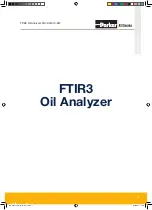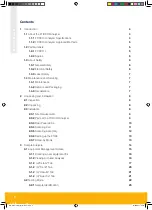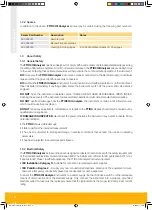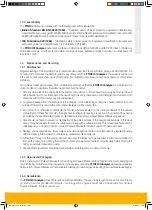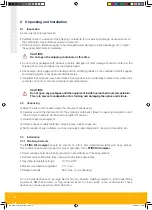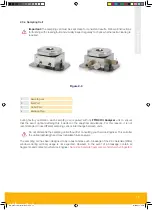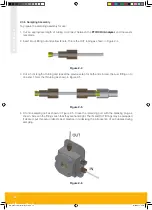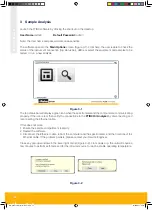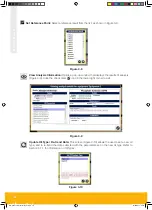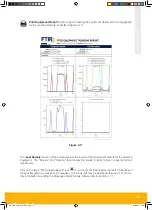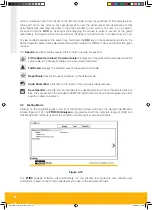
FTIR3 Oil Analyzer
8
2 Unpacking and Installation
2.1 Inspection
As soon as the shipment arrives:
• Carefully check the exterior of the shipping container(s) for any external damage. Unusual marks on
the container(s) may indicate exposure to water etc.
• If the shipping container(s) appear to be damaged (water damage, crushed package, etc.) contact
the supplier and carrier immediately.
CAUTION!
Do not open the shipping containers at this time.
• Do not accept packages with obvious puncture damage. All other damage should be noted on the
shipping document and signed by the delivery agent.
• Check sales invoice against bill of lading and the identifying labels on the containers. Notify supplier
and shipping agent of any apparent discrepancies.
• If satisfied that all boxes have been delivered and appear to be undamaged, place them where their
contents can come to the recommended room temperature.
CAUTION!
Do not open any packages until the equipment inside has reached room temperature.
This is to prevent condensation from forming and damaging the optics and mirrors.
2.2 Unpacking
a) Move the box to the location where the instrument will be used.
b) Carefully unpack the instrument from the shipping container(s). (Save the packing material for use if
the instrument needs to be returned to supplier for service).
c) Visually inspect all equipment.
d) Remove any secondary fasteners, shipping tape, plastic wraps, etc.
e) Notify supplier of any problems, such as obviously broken equipment, missing components, etc.
2.3 Installation
2.3.1 Site Requirements
The
FTIR3 Oil Analyzer
should be placed on a firm and vibration-free table with easy access.
The conditions below are required for proper operation of the
FTIR3 Oil Analyzer.
• Power supplies must be properly grounded in accordance with local regulations.
• Ambient air should be free from corrosive and/or flammable fumes
• Operating temperature range:
18°C to 38°C
• Maximum temperature gradient: 1°C / hour
• Relative humidity:
80% max, non-condensing
Do not install devices such as large electric motors, heaters, welding equipment, radio transmitting
equipment, NMR instruments or high-powered lasers in close vicinity to the spectrometer. These
devices can cause a spectrometer malfunction.
MA-K31014-KW FTIR Issue 1.indd 8
14/03/2017 20:16



